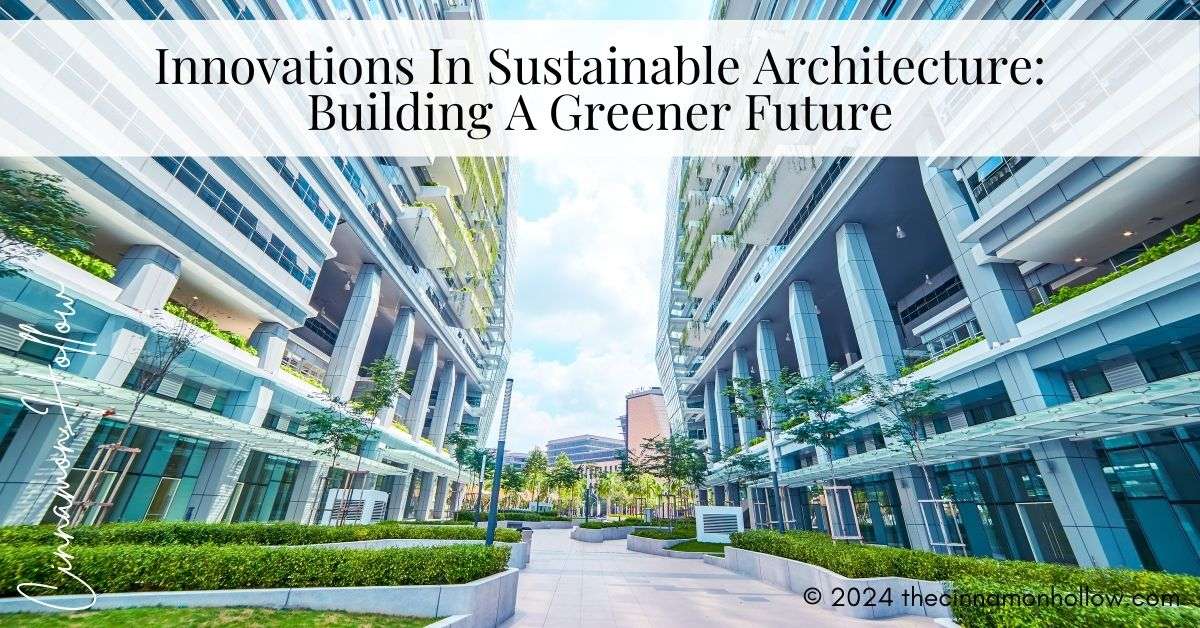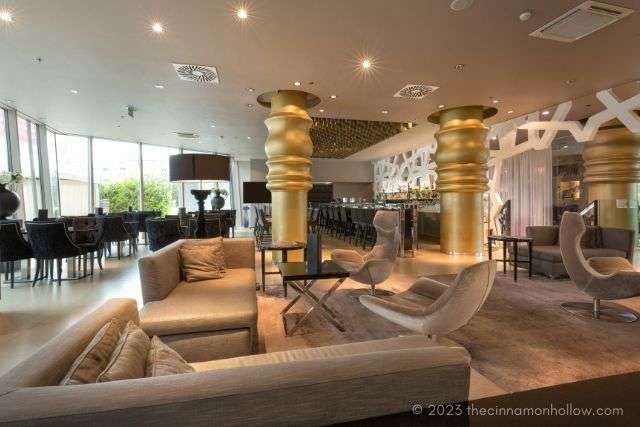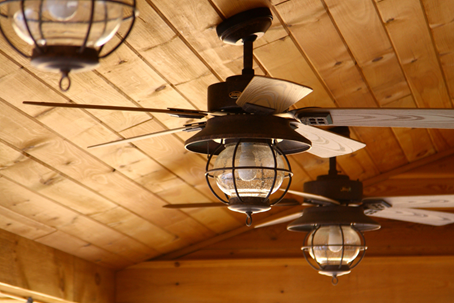In the quest for a more environmentally conscious world, sustainable architecture emerges as a solution, balancing functionality with eco-friendliness. This approach is embraced by many forward-thinking architect firms committed to fostering designs that minimize environmental impact while enhancing the quality of life. The construction industry significantly contributes to global carbon emissions; thus, integrating sustainable practices can reshape how structures are conceived, built, and maintained.
Sustainable architecture benefits both the planet and its inhabitants. As cities grow and resources dwindle, there is a pressing need for building solutions that blend aesthetic appeal with environmental responsibility. This article highlights cutting-edge technologies and trends transforming architecture and promoting sustainable practices.
The Role Of New Technologies
Technological developments have been essential in advancing sustainable architecture. Solar panels and green roofs are two well-known instances of how technology may be incorporated into contemporary architecture. These methods support urban biodiversity, enhance insulation, and save energy expenses. Smart home technologies are also revolutionizing residential and commercial settings by enabling residents to better monitor and control their energy usage. These developments, which range from automatic lighting to programmable thermostats, allow buildings to function sustainably without compromising occupant comfort.
Key Benefits Of Sustainable Design
Using sustainable design techniques has several benefits. Significantly less energy is used, which results in decreased utility costs and significant long-term financial benefits. Additionally, these structures typically provide better access to natural light and indoor air quality, which can significantly increase occupant productivity and wellness. Sustainable architecture also fosters a positive public image. As more people become aware of their environmental impact and choose to live or work in eco-friendly environments, the value of real estate may rise.
Current Trends In Sustainable Architecture
Modern trends reflect a diverse approach toward sustainability. There’s an increased emphasis on utilizing recycled materials, which reduces the demand for virgin resources and minimizes waste. Passive design strategies, which focus on maximizing natural light and ventilation, are gaining momentum. These methods offer more efficient and less energy-intensive climate control solutions. Insights from industry reports on sustainable trends demonstrate a significant push towards achieving eco-friendly certifications, underscoring the industry’s firm commitment to sustainability. As these trends gain traction, they will likely set new standards within the construction sector.
Future Prospects Of Eco-Friendly Building
The future of sustainable architecture is bright as long as technology keeps improving. New materials and techniques could lead to more innovation and efficient structures that meet environmental and urban planning requirements. With manufacturers creating more sustainable and adaptable materials, the significance of environmentally friendly activities will only increase. With this momentum, sustainable buildings could eventually become the standard, offering a framework for socially beneficial and ecologically conscious urban development.
Conclusion
Sustainable design is now more than just a fad; it is a necessary development in environmentally conscious building techniques. The architecture sector contributes to developing a healthier earth and future generations by emphasizing ecologically friendly practices. The time is right to implement sustainable practices to ensure that the construction sector continues to play a crucial role in the global sustainability mission and move toward a future where environmentally conscious design is the norm rather than the exception.
Key Takeaways
- Sustainable architecture is transforming the building industry by prioritizing eco-friendly designs.
- Innovations and new technologies are playing a pivotal role in creating sustainable structures.
- This article will explore current trends, benefits, and potential challenges in sustainable architecture.







